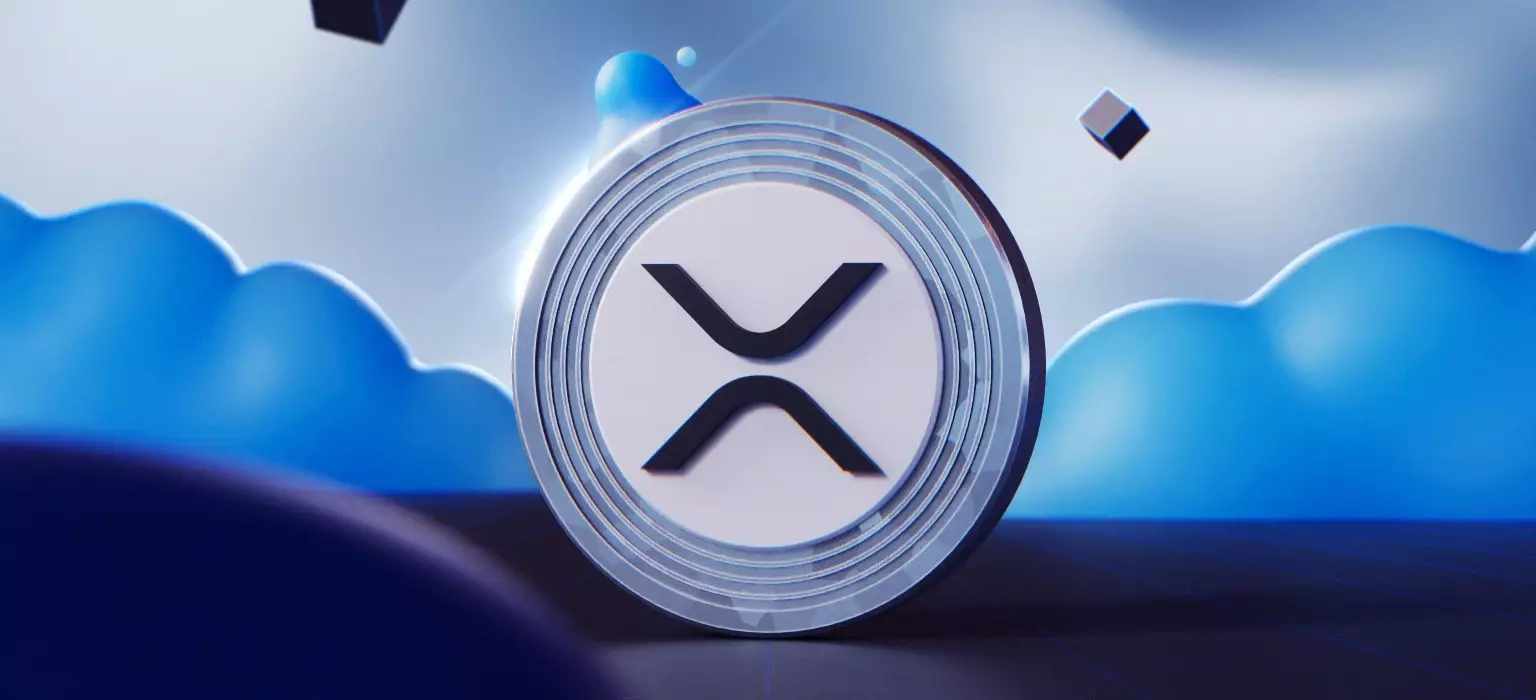One of the recurring discussions surrounding Ripple’s XRP buybacks is whether the company should be focused on distributing the cryptocurrency instead of purchasing more. This question was raised by a community member known as Crypto Mark. The argument is that Ripple should own less XRP rather than increasing its holdings. However, Mr. Huber, an esteemed member of the community, provided a detailed explanation to address this concern.
Mr. Huber emphasized the strategic rationale behind Ripple’s buybacks. He argued that if XRP genuinely has a use for Ripple, it is beneficial for the company to buy the cryptocurrency on open markets for liquidity reasons. According to Mr. Huber, facts point to the occurrence of sudden price spikes in XRP, ranging from 30% to 100%, which are often followed by subsequent losses over several months. These price spikes consistently coincide with Ripple’s buybacks on open markets, which occur approximately once a quarter. This pattern highlights the necessity and benefits of Ripple’s buyback strategy for maintaining market liquidity.
Recent data from Ripple’s API indicates a notable decrease in the company’s buyback activity. The updated API data reveals that Ripple’s sales account for a total of 167,758,585 XRP, with an average price of $0.62. This amounts to a total of $104,010,323 from December 4 to 29, which is twice the usual sales volume of the past six months. Mr. Huber speculates that Ripple wants to reduce this volume further with the next buyback.
Responding to a user’s question about the scale of investment needed for a substantial increase in XRP’s price, Mr. Huber stated that $100 million in net purchases triggers a price swing of around 30-50%. Therefore, to expect a price increase of 2,000%, one would need to anticipate at least $4-6 billion in net purchases. This response highlights the financial magnitude required for significant market movements.
Mr. Huber compared Ripple’s sales and distribution strategy with that of other cryptocurrencies. He noted that Ripple’s inflation rate for 2023 is 6.48%. By comparing this figure with other cryptocurrencies like SOL and ETH, it becomes evident that the lack of demand rather than Ripple sales is the primary driver of price action. Furthermore, Mr. Huber analyzed the supply of XRP over the past nine years in comparison to Bitcoin. The data showed that the supply of XRP has only increased by 22.73% more than the supply of Bitcoin during this period.
At the time of writing, XRP is trading at $0.63135.
Disclaimer: This article is provided for educational purposes only and does not represent the opinions of NewsBTC. It is important to conduct your own research and make informed investment decisions. Please note that investing carries risks, and the information provided on this website should be used entirely at your own discretion and risk.

